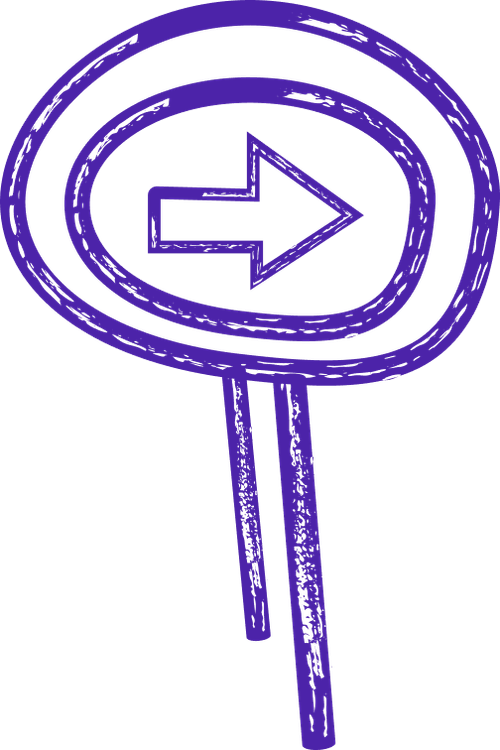
control flow graph
What is Control Flow Graph
In essence, a CFG is a directed graph, where the nodes represent individual statements or blocks of code, and the edges depict the possible paths of execution between these statements. Each node in the CFG represents a basic block, which is a sequence of consecutive statements without any branching or jumping. The edges, on the other hand, represent the flow of control between these basic blocks, indicating the possible transitions from one block to another.
The construction of a CFG involves analyzing the program's source code or intermediate representation to identify the control flow statements, such as conditionals (if-else statements), loops (for, while, do-while), and function calls. These control flow statements determine the possible paths and decision points within the program. By capturing this information in a graphical form, developers and analysts gain valuable insights into the program's behavior, which can aid in various software engineering tasks, such as debugging, optimization, and code comprehension.
Furthermore, a Control Flow Graph can be augmented with additional information to enhance its usefulness. For instance, each edge in the graph can be labeled with conditions or predicates that represent the conditions under which the control flow takes a particular path. This information enables the analysis of program behavior under different scenarios and facilitates the identification of potential bugs or vulnerabilities.
Moreover, CFGs can be instrumental in performing program analysis and verification. Techniques such as data flow analysis, reaching definitions analysis, and path exploration heavily rely on CFGs to reason about program properties, identify potential errors, and generate test cases. By traversing the graph, these techniques can track the flow of data and identify potential issues, such as uninitialized variables, dead code, or infinite loops.
From an SEO perspective, understanding the importance of a Control Flow Graph can greatly benefit startups and software development companies. By incorporating CFG analysis tools and techniques into their development process, they can enhance the quality, reliability, and security of their software products. Moreover, by leveraging the insights gained from CFG analysis, developers can optimize their code for performance and efficiency, resulting in faster and more scalable applications.
In conclusion, a Control Flow Graph is a visual representation of the control flow within a program, depicting the sequence of statements and decision-making points. It serves as a powerful tool for program comprehension, debugging, optimization, and analysis. By leveraging CFG analysis, developers can enhance their software development process, improve code quality, and deliver robust and efficient applications.
Let’s build your next digital product — faster, safer, smarter.
Book a free consultationWork with a team trusted by top-tier companies.








